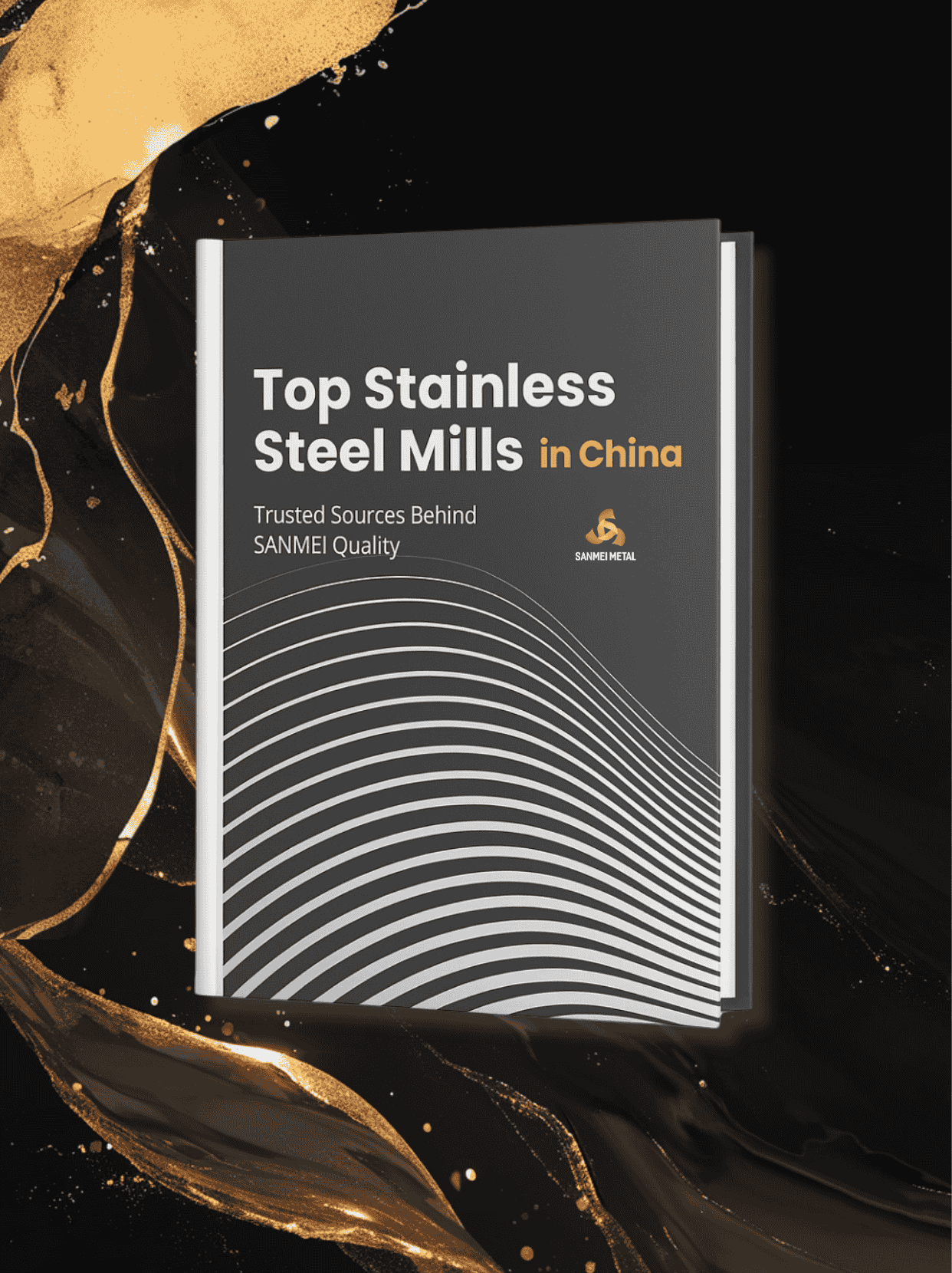
Өзіңізді алыңыз ТЕГІН Қолжетімділік: Қытайдың #1 болат фабрикасының деректері
Сатып алушыға бағытталған: Диірмендерді сорты/әрлеу/ені-қалыңдығы/қолданылуы бойынша сәйкестендіріңіз
BAOWUЦиншанЛискоТиско
Мәліметтер мен мысалдарды қарау →


316 тең
316 тот баспайтын болаттан жасалған коррозияға төзімділік
Молибден қосылғандықтан 304-тен жақсы, бұл оны теңіз орталарына, химиялық өңдеу зауыттарына және жағалаудағы аймақтарға қолайлы етеді. Ол хлоридті ортада шұңқырлар мен жарықтар коррозиясына қарсы тұрады
316 баспайтын болаттан жасалған ыстыққа төзімділік
Үздіксіз қызмет көрсету кезінде 870 ° C дейін және 925 ° C дейін үздіксіз қызметте жақсы тотығуға төзімділік. Коррозиялық орталарда 425-860°C аралығында үздіксіз пайдалану ұсынылмайды, мұнда 316L қолайлы.
316 тот баспайтын болаттан жасалған өңдеу мүмкіндігі
Өңдеу қабілеті: 304-ке ұқсас, жақсы өңдеуге қабілетті. Өткір кескіш құралдарды және жеткілікті майлауды қажет етеді.
316 тот баспайтын болаттан дәнекерлеу
Барлық дәстүрлі әдістерді қолданып дәнекерлеуге болады. Дәнекерлеуден кейінгі термиялық өңдеу қажет емес.
316 тот баспайтын болаттан ыстық өңдеу
Температура диапазоны 927-1204°С.
316 тот баспайтын болаттан жасалған күйдіру
1038°C температурада күйдіру, содан кейін жылдам салқындату.
316 тот баспайтын болатты қолдану шектеулері
60°C жоғары кернеулі коррозия крекингіне бейім.
316 баспайтын болаттан жасалған термиялық өңдеу
Термиялық өңдеу арқылы қатайту мүмкін емес, бірақ суық өңдеу арқылы нығайтуға болады.
| 316 Тот баспайтын болаттан жасалған механикалық қасиет | ||||
| Меншік | Шығымдылық күші, мин. (кси) | Созылу күші, мин. (кси) | Ұзарту, мин. (%) | Қаттылық, макс. (Rb) |
| 316 | 45 | 95 | 40 | 100 |
| 316 баспайтын болаттың физикалық қасиеттері | ||
| Меншік | Мән | Бірлік |
| Тығыздығы | 0.283 | фунт/дюйм³ |
| Серпімділік модулі | 28,6 × 10⁶ | psi |
| Жылулық кеңею коэффициенті (68-212°F) | 9,2 × 10⁻⁶ | /°F |
| Жылу өткізгіштік | 9.4 | Btu/ft·сағ·°F |
| Меншікті жылу | 0.12 | Btu/lb·°F |
| Электр кедергісі | 27 | Microohm-in |
| Баға | C (макс.) | Cr (макс.) | Ni (макс.) | Ай (макс.) | Mn (макс.) | Si (макс.) | N (макс.) | P (макс.) | S (макс.) |
| 316 | 0.08 | 16.0-18.0 | 10.0-14.0 | 2.00-3.00 | 2 | 0.75 | 0.1 | 0.045 | 0.03 |



316 тот баспайтын болат туралы қызық па? Біздің жан-жақты сұрақ-жауап нұсқаулығымыз сізді қамтыды! Негіздерді зерттейтін бастаушы болсаңыз да, қосымша түсініктерді іздейтін кәсіпқой болсаңыз да, бұл мақала анық, тартымды форматта 100 маңызды сұраққа жауап береді.

| Түр | Ені (мм) | Салмағы (MT) | Қалыңдығы (мм) | ||||
| 316 Орам | 1000, 1219, 1240, 1500 немесе теңшелген | 3-10 | 0.15-3.0 | ||||

| Түр | Ені (мм) | Ұзындығы (мм) | Қалыңдығы (мм) | |||||||||
| 316 парақтар | 1000, 1219, 1240, 1500 немесе теңшелген | 2000, 2438, 2500, 3000, 3048 | 0.3-3.0 | |||||||||
Біз клиенттеріміздің қанағаттануын қамтамасыз ету үшін өз клиенттерімізге ең жақсы және жоғары сапалы қызмет көрсетуге дайынбыз.









Беделді мекемелермен сертификатталған және барлық аспектіде халықаралық стандарттарды ұстануға міндеттенеді.




Тұтынушының кері байланысы компания сапасының ең шынайы көрінісі болып табылады.
Тот баспайтын болаттан жасалған катушкалар мен тот баспайтын болаттан жасалған парақтарға қатысты Sanmei Metal компаниясының қосымша техникалық анықтамаларын қараңыз.
Штаб-пәтері:
Жасау орталығы, №142, Юхэ жолы, Леконг қаласы, Шунде ауданы, Фошан қаласы, Гуандун провинциясы, Қытай. 528315
Зауыт: Лиюань логистикалық қаласы, Ченчунь қаласы, Шунде ауданы, Фошан қаласы, Гуандун провинциясы, Қытай. 528313
Австралияның жергілікті қолдау базасы: (Ятала, QLD) – 2026 жылы келеді